What Are Reverb Pedals?
Reverb is one of the most popular effects in many genres of music because it's quite versatile. Whether it's guitar, percussion, or synthesisers, reverb is used in practically every musical genre and style you can think of. When it comes to guitars, reverb may entirely change the sound or give a subtle warmth to the tone, making it more pleasant to the human ear. But what is reverb?Reverb, or reverberation, is a natural phenomenon generated by a sound source rebounding off a surface and then returning after the initial sound. Reverb may be found in all aspects of life, not only in music. If you clap your hands in a huge room, the initial sound will reflect off all the walls, and you will hear the sound of the clapping interacting with these surfaces.
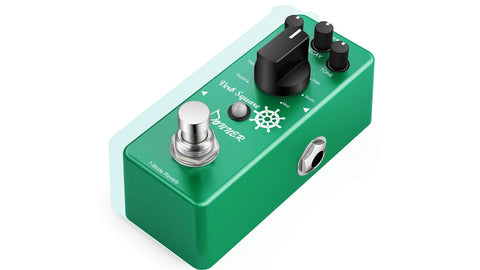
Because of technological advances, reverb pedals for electric guitars can simulate or exaggerate natural reverberations by using digital components. With the introduction of reverb pedals, you can now add nice reverb to your guitar without having to go to a large performance hall.
Why Are Reverb Pedals Popular?
Reverb pedals have grown in popularity among guitarists as digital technology has evolved significantly over the last few decades. That is because reverb pedals slow the sound's decay, making it more ambient and thickening it. All of the reverb effects based on real-world sounds have been replicated and built into an effects pedal, so you can adjust the mode and amount of reverb time with ease on your guitar.Is A Reverb Pedal Necessary?

Although many guitar amplifiers have reverb, using an external reverb pedal allows us to have more control over where our guitar leads us. Reverb pedals may make your guitar seem like it's being played in a cathedral or a studio, colouring your guitar in a variety of ways.
How To Use A Reverb Pedal?
Once you understand the function of the different settings, using a reverb pedal with presets is easy. All reverb effects are based on a few simple parameters: The Decay Time determines the length of time between the start and end of the reverb. When it's set to low, your reverb effect will be short. While the decay time is set to high, the sound will persist for what seems like an eternity.
The Level is another popular setting on reverb guitar pedals. The effect Level is the volume difference between the direct, unaffected (dry) sound and the reflected (wet) sound added by the effect. The "drier" ratio will sound as if the instrument is closer to the listener, regardless of the amount of reverb time, whereas the "wetter" ratio will sound as if the instrument is further away.
The Tone is the last control you'll come across. The function of this parameter varies according to the pedal, but it impacts the character of the sound produced, such as making it darker or brighter.
Where Should You Put Your Reverb Pedal in Your Pedal Chain?
Time-based effects pedals like reverb and delay are frequently placed at the end of a guitarist's signal chain. The reason for this is that reverb pedals generate a variety of tones and reflections. If you put a reverb pedal in front of the other pedals, it will emphasise the sound's inconsistencies. Placing the reverb effect last in your signal chain will have an impact on all sounds affected by other pedals in your signal chain, making everything sound more coherent.Which Reverb Pedal Should I Buy?

We recommend the Donner Reverb Pedal With Seven Modes, which is one of the best value for money reverb pedals on the market. The huge knob in the pedal's centre allows you to choose between seven different reverb settings. There are basic reverb types like Room and Hall, as well as more severe reverb types like Church, Plate, Spring, Studio, and Mod, as well as a portable but stylish design.
The reverb settings can be altered using the function parameters E-Level, Decay, and Tone controls. This pedal is a fantastic starting place for guitarists who want to learn more about reverb and have minimal experience with reverb. Despite its small size, this pedal has all of the basic features that you'd expect from a reverb pedal, providing a diverse set of sound-shaping choices.
If you want to know more details about guitar pedals, come to Donner UK and find the Ultimate Guide To Guitar Pedals you want. You can also buy a set of good-performance guitar pedals at affordable prices here. Do what sounds best to you, and spend some time exploring for the love of everything wonderful!
 Skip to content
Skip to content

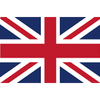
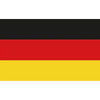
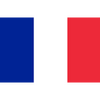
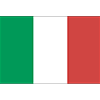
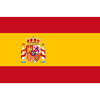
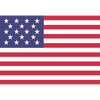
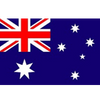
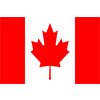








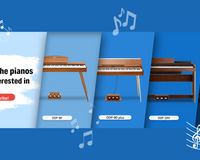
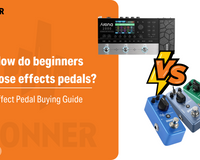
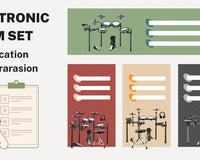
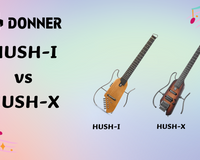
1 comment
David ball
Looking for a amplifier for my guitar I have just received from you.